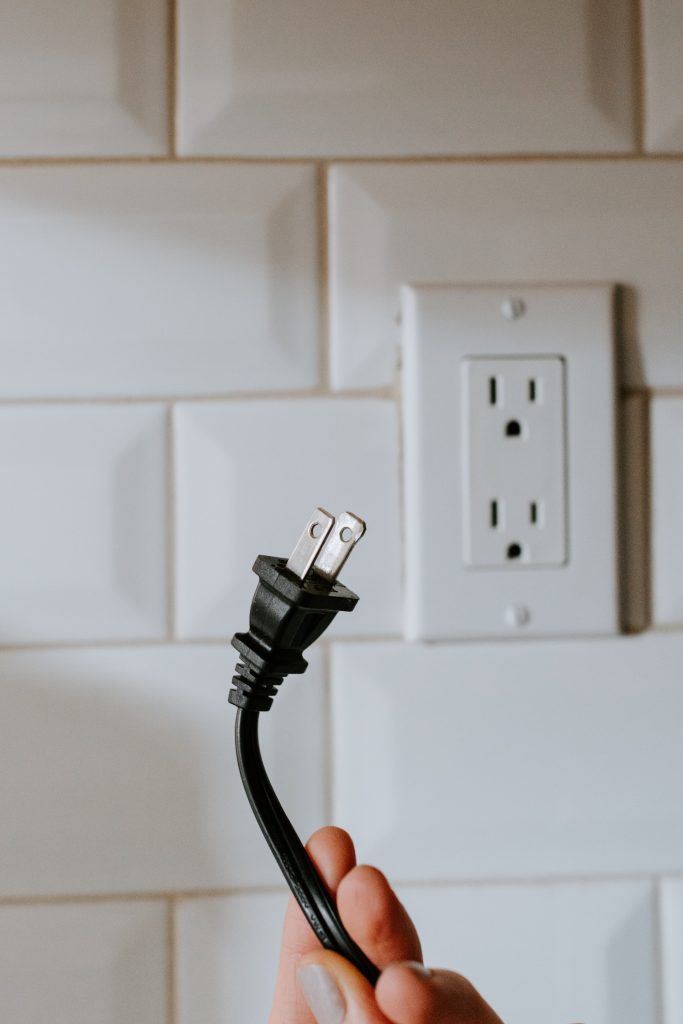Power is an expensive commodity. Good thing we now have power monitoring devices that can help you save money, particularly by snuffing out phantom energy leaks, but you must be aware of what they do and understand how your bills work. The contemporary home is very energy-hungry. Appliances, radios, lights, and televisions were the principal electricity-consuming devices decades ago. These days, it’s all that and much more, including charging phones, energy-guzzling PCs, constantly-on routers, security systems, surveillance cameras, pool filters, baby monitors, and smart speakers, just to mention a few.
There may not be much you can take away to reduce the draw from each plugged-in appliance in your house. But you can at least consider making some financial savings, starting with accurately measuring how much electricity each device is binging with a power monitoring system.
10 Power Monitoring Tips To Save Energy and Money
Being vigilant and conscious practice of energy saving techniques will surely reduce your energy consumption and cut off some costs at the same time. You might have to monitor your own actions and habits in order to do so. But here are some of the best power-monitoring tips for you to save money and energy at home.
1. Employ a power monitoring system
An entry point to understanding your home’s internal energy dynamics is a power monitoring system or an energy monitor. They are connected to your electricity meter to display how much energy is being used in your home and to provide you with advice on how to make it more energy-efficient. Energy monitors include a wide range of features, including the ability to identify the energy consumption of specific equipment and produce individualized suggestions for energy efficiency.
2. Analyze your household consumption throughout the days
Energy monitors keep tabs on how much electricity you use at home each minute. They plug into your electrical panel as well as meter and provide a thorough analysis of the amount of electricity that each appliance in your home consumes, revealing which ones might be disconnected or need to be replaced. Additionally, they can calculate greenhouse gas emissions.
If you’re unsure of why your energy cost is greater than it used to be, this is a wise investment. You can identify the source of the power drain with the aid of a power monitoring system at home with energy meter.
3. Hunt down phantom drainers of your electricity
Plugged-in appliances known as “phantom drainers” use electricity even in standby or when they are not in use and can account for up to 10% of your energy costs. TVs, telephones, microwaves, and coffee makers are typical examples.
Unplugging unused equipment is the best solution. While having to plug in the dryer each time you use it may be unpleasant, putting your phone charger away once a day is simple. Additionally, you can plug many devices into a timer strip or smart plug and turn on or off each one at once.

4. Use Your Air Conditioner Efficiently
First, check that the thermostat on your air conditioner is operating properly. This is necessary for an effective cooling system. Consider how frequently you need to have it running if that is the case. Is it necessary for it to be on when you’re at work?
While you’re gone for eight hours, lowering the thermostat by seven to ten degrees can cut your heating and cooling costs by up to ten percent. You can track and manage your A/C usage with the aid of a smart thermostat.
5. Seal Windows and Doors
There’s a reason why this is common knowledge. Seam sealer, which insulates crevices around windows and doors, keeps your house warmer in the winter and cooler in the summer, lowering your demand for air conditioning and heating.
6. Install Smart Thermostats
Smart thermostats are internet-connected devices that regulate your home’s temperature based on the outside temperature, the time of day, and programmable schedules. This allows you to make changes even when you’re not at home. This makes it simple to automatically cut back on your energy use.
7. Install Smart Plugs
A smart plug is an adapter that you can connect to a conventional outlet and use your phone to switch on or off. This can be done remotely, allowing you to manage your gadgets while you’re away.
For instance, you can manage the humidifier as well as the heater in a terrarium, turn on the lights to make it appear as though you are at home, or turn off the computer if you aren’t using it. With the aid of smart plugs, you may be inventive with automation and conserve energy on equipment that isn’t being used.
8. Update Old Appliances
Televisions, microwaves, and dishwashers from the past are all far less effective than modern ones. If you have the money, replace them with a more energy-efficient current model. Models with the Energy Star label can significantly reduce a home’s electric cost.
9. Fix Your Lighting
Up to 90% less energy is used by LED lightbulbs compared to the consumption of old incandescent bulbs. They are a great option if you want to cut your energy expenditures because they can last up to 25 times longer.
There are even smart versions of LEDs available that connect to your phone and let you customize their hue if you don’t like the way conventional LEDs look. Additionally, you can program them to turn on gradually in the morning, increase in brightness and change color gradually throughout the day, and then turn off at night.

10. Wash With Cold Water
When dealing with a tough stain or sanitizing your laundry while ill, hot water can be a must. However, using the cold cycle of the washing machine is typically just as beneficial for cleaning your garments. Some detergents for laundry are made especially for cold washing.
Why You Need a Smart Meter for Your Home
Although there is no such thing as a one-size-fits-all strategy for energy saving and reducing the overall consumption rate of your household, we will still all agree that being mindful and aware of habits and practices in using electric devices are the keys to achieving this goal. In order to do so, a smart device with power monitoring devices can help us supervise our activity and energy consumption in the house.
The need to find cost-saving opportunities is greater than ever, given the current high cost of electricity. An intelligent meter can give you more power and control over your actions. Here are a few of the best reasons why you need a smart meter for your home:
1. Accurate energy bills
Depending on your preference, a smart meter can deliver an exact reading of your daily, weekly, or monthly energy use to the energy provider. Since estimated bills are eliminated, you will only be billed for what you really use.
If you use conventional, non-smart meters, your energy provider will estimate your usage based on previous invoices if you forget to submit a reading. Estimates are frequently unreliable. You can prevent estimates and the unpleasant surprise of a large final bill when your tariff expires if you install a smart meter.
2. Tracking your spending and usage is easier.
Smart meters have a convenient In-Home Display (IHD) unit that can be mounted anywhere, such as on a wall in the kitchen. You can see on the display how much energy you’re using right now.
Additionally, you can monitor exactly how much energy each device uses, such as each time you turn on the kettle. This aids in energy usage tracking. Additionally, it aids in determining which appliances consume the most energy and which ones are the least energy-efficient.
3. Easy to comprehend
You can easily understand what you’re using and spending thanks to the IHD, which displays your power consumption in both kWh (kilowatt hours) and charges.
4. Promotes better energy-saving habits.
It’s easier to modify poor behaviors and, hopefully, consume less energy if you can see how much you’re using. Excellent for budgeting. Long-term energy bill savings may result from improved energy habits.
5. It may facilitate lowering your carbon footprint.
Knowing how much energy you use could motivate you to make energy-saving decisions, reducing wasteful consumption and the CO2 emissions from your home.
Save your Energy
The advantages of monitoring your energy usage are well established. Since the majority of your everyday tasks include the consumption of energy, keeping track of how much electricity your entire home uses will help you identify areas where you can make savings.
By increasing your awareness, you can become conscious of your consumption patterns by knowing how much energy your home uses from the grid. Your energy usage will become more evident if you can see the actual power your devices and appliances use in kW or kWh. This will probably inspire you to look for ways to use less electricity.
Moreover, with Schneider Electrics’ electrical power monitoring system, you will have absolute control of your real-time energy consumption and take action at the same time. To be smarter with your home appliance, visit https://www.se.com/th/en/ for the best smart home devices.




